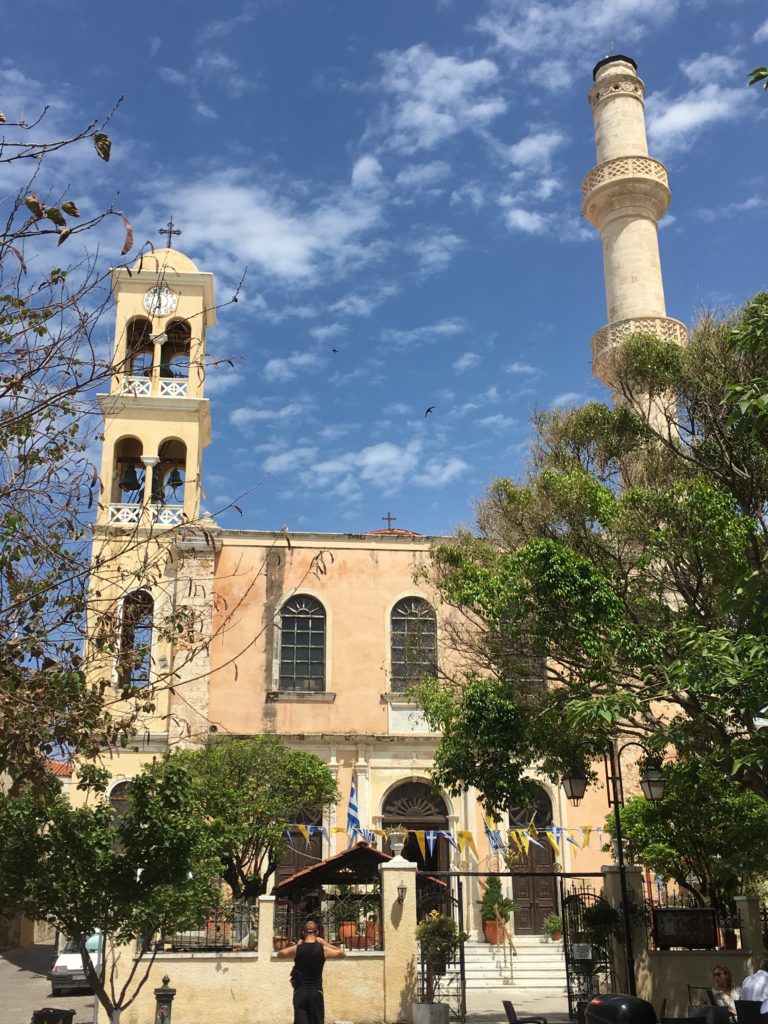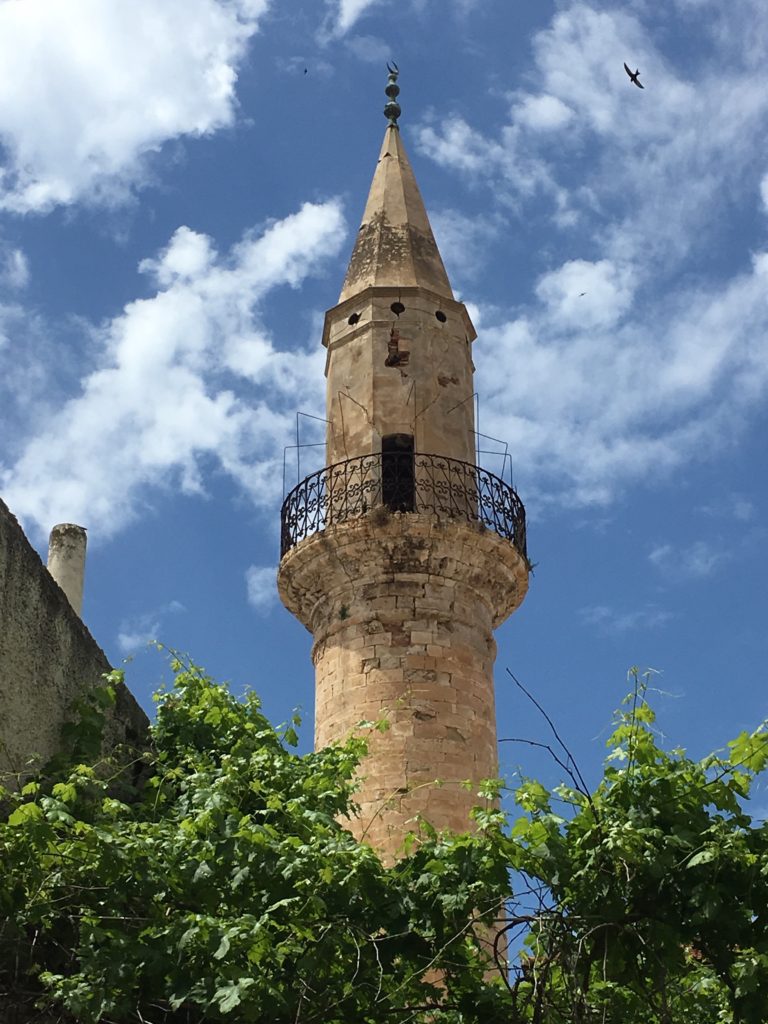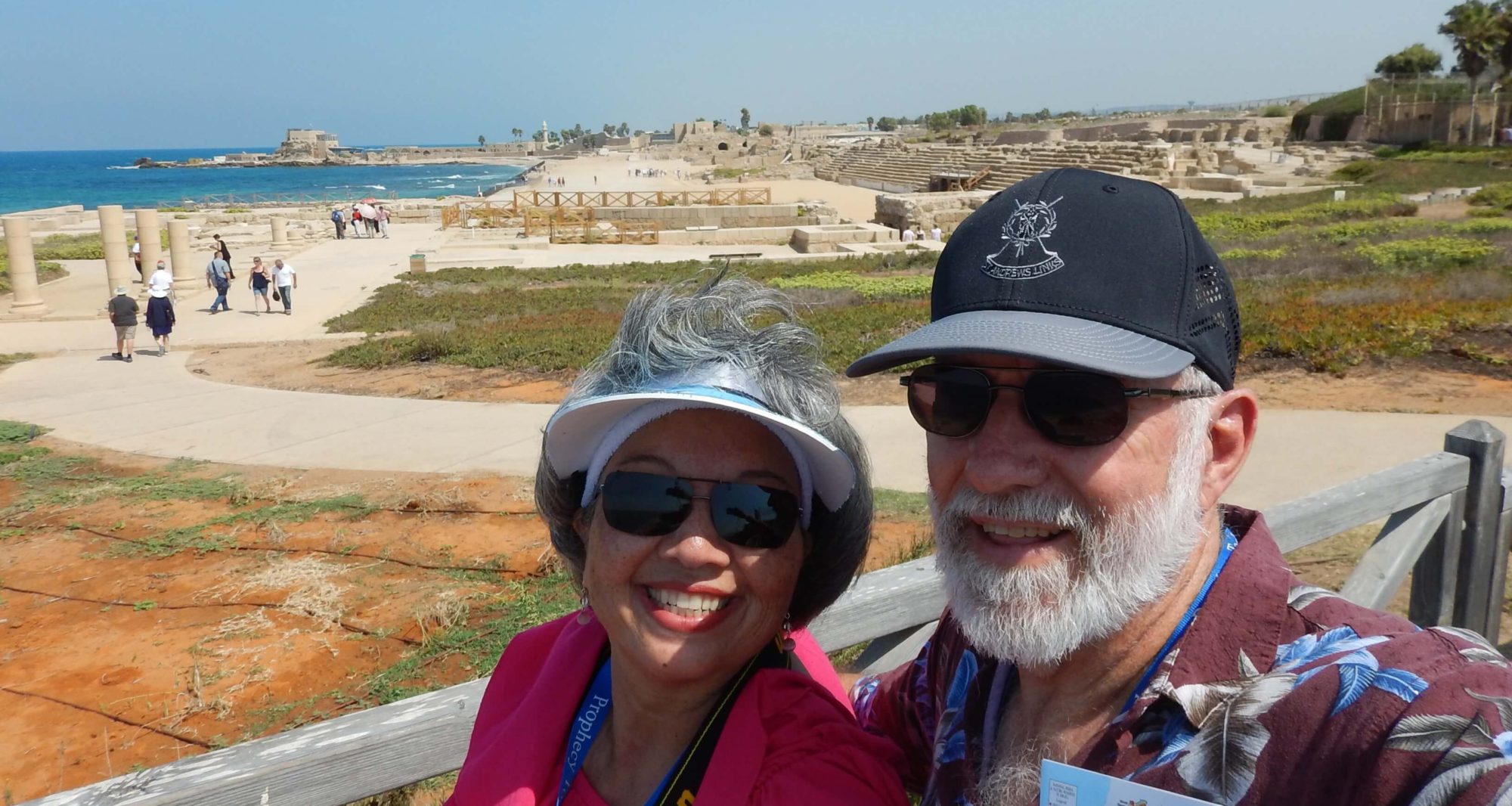“Wherefore he is able also to save them to the uttermost that come unto God by him, seeing he ever liveth to make intercession for them.” Hebrews 7:25
In 1898, the island of Crete was liberated from the control of the Ottoman Empire. In 1913, Crete was united with the mainland of Greece.
Chania
Chania is a big city on Crete, and was the site of a Minoan settlement that used to be called Kydonia. If you are familiar with Greek mythology, it is here where King Minos had his beautiful castle that housed the ferocious Minotaur in an underground labyrinth.
The Minoan civilization flourished during the Bronze Age (2000-1500 BC). Throughout its history, there were several different groups that ruled this area, including the Romans, Arabs, Byzantines, Venetians, and Turks. Chania was built around Kastelli Hill, a natural landform rising above the harbor. Around the harbor, you can see the old Venetian wall and fort.

Greek Orthodox Church
In 320 AD, this was a Dominican (Catholic) monastery. When the Ottomans were here, they converted it to a mosque. When Ottomans left (1918), the people kept the minaret and the clock tower because there were still Cretan Muslems here. After the end of the war, Muslems had to leave Crete, and Christians had to leave Turkey. This church is now a Greek Orthodox Church dedicated to St. Nikolas. This church has been the worship center for three different religions!

Tomb of Elefthérios Venizélos
Elefthérios Venizélos was a famous politician (justice minister) in Crete as was his son. He worked on the union of Crete with the mainland. In 1910, there was a revolution demanding the unification of Crete and Greece, which he led. The site of their tombs overlooks Chania Bay.

White Mountains (Lefka Ori)
It’s highest peak is Mt. Ida (8,000+ ft), and these mountains often have snow until June. There are five mountain ranges in Crete, and they are very popular with hikers.

Greek Orthodox Cathedral of Chania
The cathedral was built in the 19th century and is known as the Three Martyrs Church (Trimartyre). Inside there are three aisles. One is for Mary; one is for St. Nicholas, and one is for the Three Holy Hierarchs.

Mosque of Hassan Pasha
This is the first mosque built in Crete after the Byzantine conquest (1649).

Lighthouse and Forteza
Both were constructed by the Venetians in the 16th century.

British War Cemetery
Resting place of 1,527 Allied soldiers and Cretan resistance fighters who died in the battle for Crete in 1941 during the last ten days of May. Many were evacuated, but those who were not, stayed and fought.

Byzantine Wall
This wall was built over the remains of an earlier fortification of the Hellenistic period (larger blocks at bottom). The Venetians built on top of this, which is evidenced by the round sections. The top layer of this wall is from the Byzantine era. It is part of the wall that surrounded ancient Kydonia (Chania).

Next stop: Mykonos, Greece
